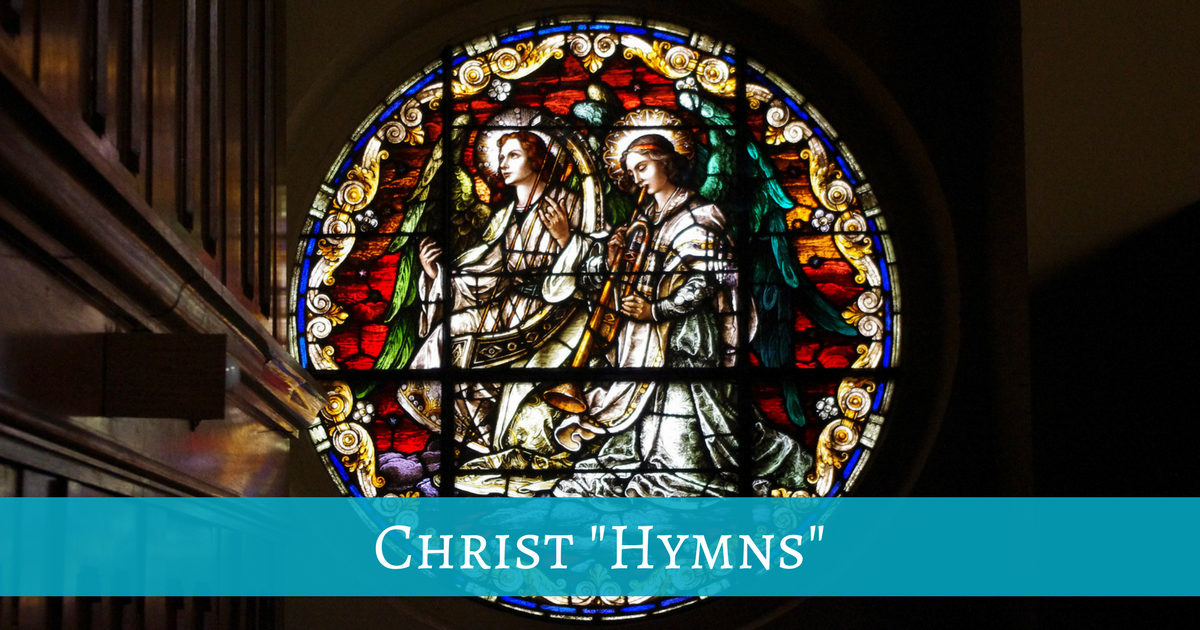
One scholar who has recently waded through all the sources on Col 1:15-20 said there may be no other passage on which more has been written. Phil 2:6-11 is quite similar. In Mark Keown’s new EEC Philippians commentary, he writes 100 pages on the ‘hymn,’ covering a large swath of the secondary literature, summarizing ten (!) different proposed conceptual backgrounds for the hymn (vol. 1, pp. 351-448). These passages are of course noted for their incredibly dense Christology and what most would consider a high Christology (although some have argued quite the opposite).
But the biggest conversation about these passages in the critical world, especially in German circles, revolves around their origins (what else?). There has been a great amount of speculation that Paul adapted these words from early Christian hymns used in the churches. Some have tried to argue that Paul has made additions to the hymns, either by pointing to places where Paul “messes up” the metrical structure or where he introduces words that are “foreign” to the original hymns (e.g., “even death on a cross”). Of course this is all speculative, but how much of critical study in biblical studies isn’t?
That doesn’t mean that there is no merit to these views. The Nestle-Aland Greek text places the texts in a hymnic structure, and many have proposed plausible hymnic structures, albeit usually with caveats. In my opinion, the latter part of Phil 2:6-11 fits less easily into a hymnic structure, while Col 1:15-20 has less problems but is not completely free of problems either. (FWIW: the new THGNT does not lay out these texts in a hymnic structure.)
Larry Hurtado has recently brought to attention two articles that have just been published on these passages taking different positions. Edsall & Strawbridge (“The Songs We Used to Sing? Hymn ‘Traditions’ and Reception in Pauline Letters,” Journal for the Study of the New Testament 37 (2015): 290-311) argue that, because in all the hundreds of references to the two passages in Patristic writers they are never referred to as hymns, neither should we see them as hymns. On the other hand, Wade Martin and Nash (“Philippians 2:6-11 as Subversive Hymnos: A Study in the Light of Ancient Rhetorical Theory,” Journal of Theological Studies 66, no. 1 (2015): 90-138) argue that the passages exhibit features of ancient hymns as described in ancient rhetorical handbooks.
Ultimately, a few issues are at stake that follow as implications of whether these passages are hymns. First, for Colossians, if the passage is a pre-formed hymn, then arguments against Pauline authorship of Colossians based on style are partially mitigated. Colossians is less debated than Ephesians, but still doubted, and if Paul adapted this hymn then deviations from the style of what are considered his genuine letters (e.g., Romans and Corinthians) are made less persuasive. Of course there are many other reasons to suggest that arguments based on style are nowadays naïve and unsophisticated.
Second, if the passages do exhibit high Christology, and the meaning of the hymns is the same or similar in Paul’s letter as in the early church, then we have evidence of a high Christology in the early church. Of course this is quite speculative, and arguments that Paul has added words or that Paul’s meaning differ from the meaning that would have been present in the early church mitigate this point.
Lastly, there is the hermeneutical issue of whether the meaning is affected if these passages were hymns in the early church. I would argue (based on the linguistic concept of “pragmatics”) that whatever meaning the passages had in the early church, Paul can use the same words but have a quite different meaning – a meaning that would align with the theology displayed in his other letters.
And for those who take these passages as authoritative or inspired or whatever, it is Paul’s meaning, and not the early church’s meaning, that is held to that standard, for he was Christ’s chosen apostle. Early Christian hymn writers may have been pious and faithful and well-intended, and perhaps fully Pauline (or perhaps not), but if they espoused theology in hymns that differs from that espoused in the NT documents, it is interesting historically but of no consequence for what we would now consider orthodox or authoritative.
For those that consider heterodoxy or heresy as equally valid expressions of Christianity, the questions of whether these texts are early hymns and what they meant in that context are incredibly important – just as important as what Paul meant by those same words in his letters. But otherwise, the questions remain of historical interest. It is the meaning of Paul’s words in the context of Col 1 and Phil 2 that we care about.
Follow Up
Keown’s commentary on Philippians provides up-to-date, comprehensive coverage on the Christ “hymn” in Phil 2.
Buy volume 1 (Phil 1:1-2:18), which contains the section on the ‘hymn,’ and add volume 2 (Phil 2:19-4:23) for the set.

4 comments